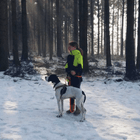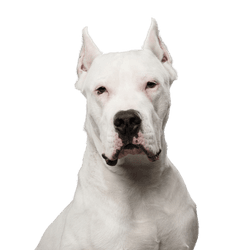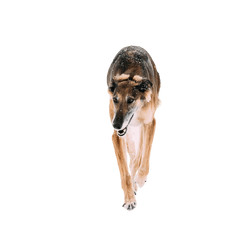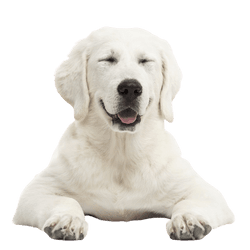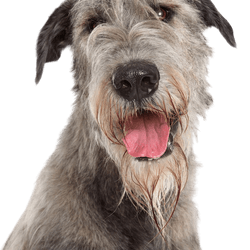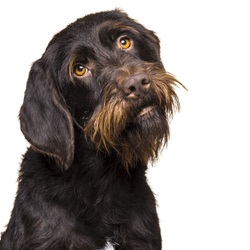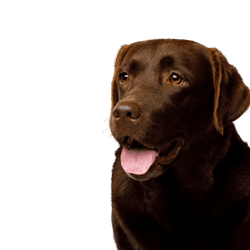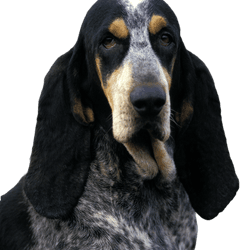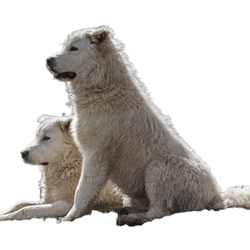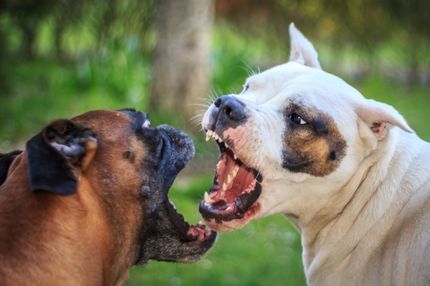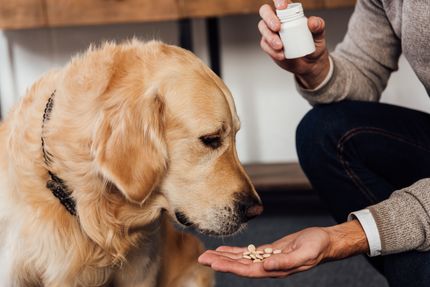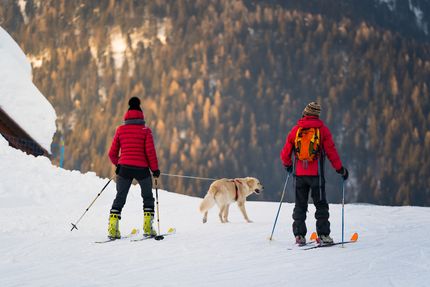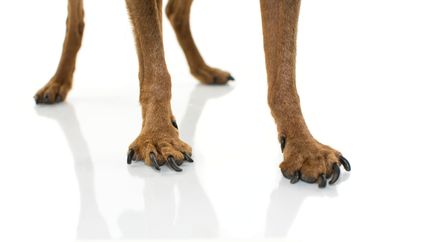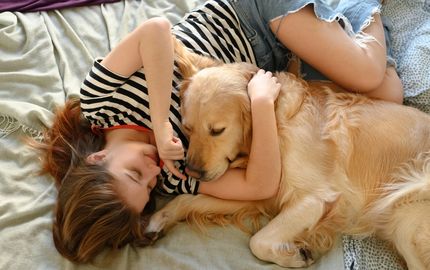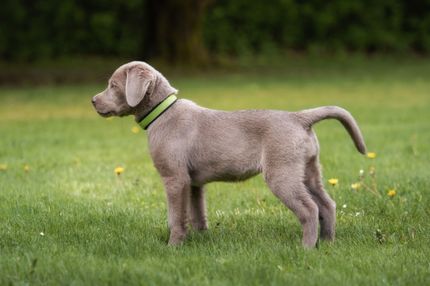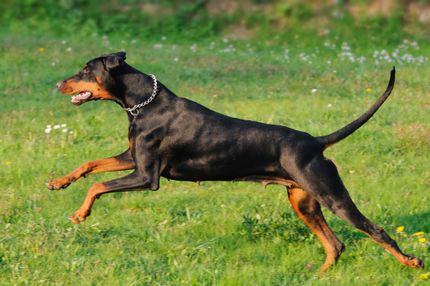Facts & Origin
PROFILE: Berger de Picardie
The Berger de Picardie, also known as the Picard or Picardie Shepherd, is one of the oldest French herding dogs. Its roots go back thousands of years, being bred primarily in the Picardy region, in northern France. It is believed that the breed was introduced to France through the immigration of the Celts. Despite its long history, the Berger de Picardie faced extinction several times, especially after the two world wars. However, it was saved by dedicated breeders.
Visual characteristics
- Coat: Rough and wavy, but not curly. Typical colors are fawn or brindle.
- Eyes: Dark and lively, giving a penetrating look.
- Stature: Medium sized, robust and well proportioned, radiating energy and alertness.
Suitability and temperament
The Berger de Picardie is known for its bold and confident character. Thanks to his herding dog origins, he possesses a high level of intelligence and willingness to work. This makes him an ideal companion for:
- Families: he is loyal and protective, especially towards children.
- Dog sports: Agility, herding or obedience benefit from his energy and intelligence.
- Farm work: his herding instinct is still present, making him a valuable helper when working with livestock.
Despite his positive traits, the Berger de Picardie can sometimes be stubborn and independent. Therefore, he needs clear leadership and early socialization.
Conclusion
The Berger de Picardie is not only a historic and rare herding dog, but also a loyal family dog. With proper training and employment, he will become an irreplaceable member of any family or active single. His impressive history and versatile suitability make him a special dog breed.
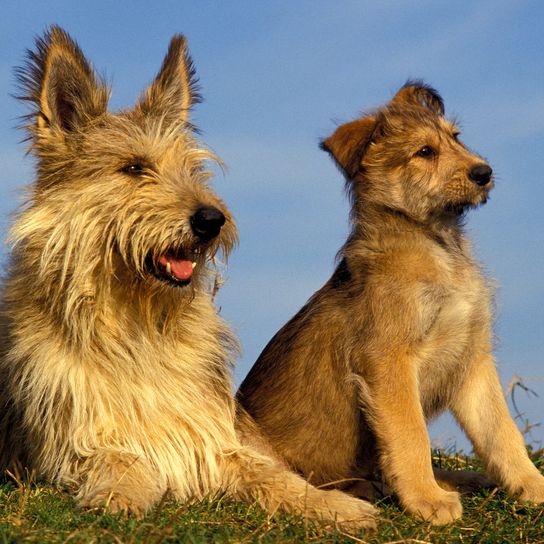
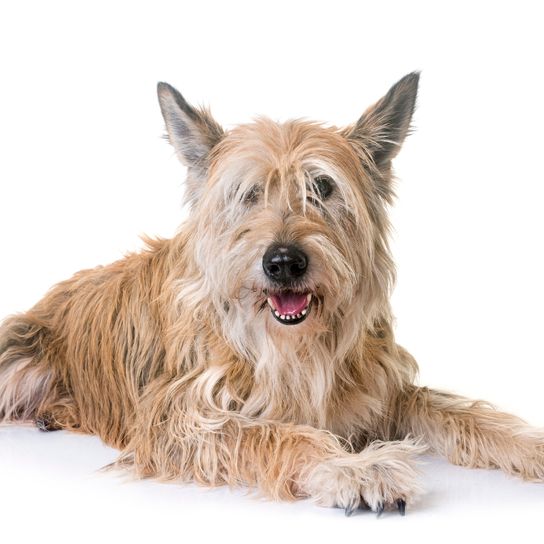
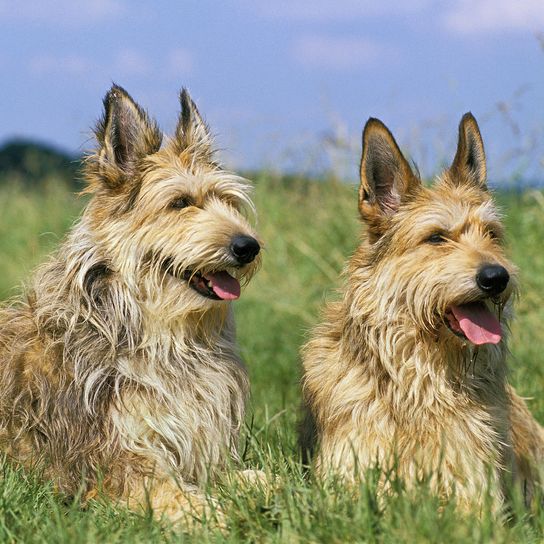
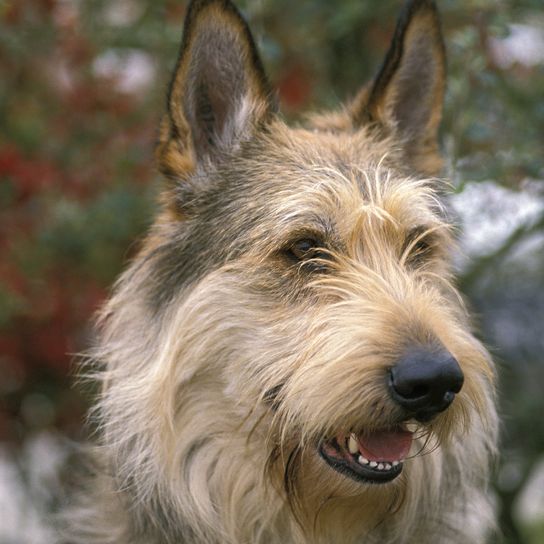
| Alternate Name | Berger Picard, Picardy Sheepdog |
| Origin | France |
| Life expectancy | 12 - 14 years |
| Care requirements | low-maintenance |
| Activity level | average to high |
| FCI group | Sheepdogs |
| AKC group | Miscellaneous Group |
| KC group | working group |
Attitude, character and temperament of the breed
Basic Character Traits
The Berger de Picardie, often referred to simply as the Picard, is a breed of remarkable versatility and depth of character. One of the oldest French herding dogs, it embodies intelligence, independence, and a strong working zeal.
Temperament and interaction
- Loyalty: the Picard bonds firmly to his family and often shows a special affection for children.
- Alertness: He is always alert and can sometimes be somewhat reserved with strangers without becoming aggressive.
- Self-confidence: endowed with a natural self-confidence, the Berger de Picardie requires clear and consistent leadership.
Interaction with other animals
Thanks to its herding dog genes, the Picard often shows a strong herding instinct. He usually gets along well with other animals, provided he has been properly socialized.
Learning ability and training
Despite its intelligence, the Picard can sometimes show a stubborn side. It is recommended:
- Early training: begin socialization and basic obedience in puppyhood.
- Positive Reinforcement: the Picard responds best to reward-based training methods.
- Patience and consistency: be aware that his independent nature sometimes requires patience when training.
Conclusion
The Berger de Picardie is a deep and complex dog that combines loyalty and intelligence into one impressive package. His independent nature can sometimes be a challenge, but with the right upbringing and training, he will be a loyal and reliable companion in all circumstances. His character is as unique as his history, making him a true gem in the dog world.
Character
Care and health
The rough coat of the Berger de Picardie is a noticeable characteristic of the breed and requires special attention:
- Regular Brushing: At least once a week, the coat should be brushed to prevent matting and remove dead hair.
- Bathing: Only when necessary to preserve the coat's natural oils.
- Ears and Eyes: Regular checks and cleanings are important to prevent inflammation and infection.
Like all breeds, the Berger de Picardie struggles with certain health problems:
- Hip dysplasia: A hereditary disease that can occur in many breeds.
- Eye Disease: Some lines can be prone to progressive retinal atrophy or cataracts.
- Regular veterinary visits: for early detection of disease and routine vaccinations.
Breeding of the Berger de Picardie
Breeding the Berger de Picardie should be done responsibly and with a clear goal regarding health and temperament:
- Genetic testing: before breeding, both parents should be tested for known hereditary diseases.
- Puppy Socialization: Early and positive experiences are essential for the development of a balanced temperament.
- Breeding Standards: It is recommended to follow the standards and recommendations of the respective breed association.
Conclusion
The Berger de Picardie is not only an impressive dog with a strong character, but also requires careful and thoughtful care and breeding practices. Responsible breeding and regular care can ensure the health and well-being of this special breed. Those who invest the time and commitment in this breed will be rewarded with a loyal and healthy companion.

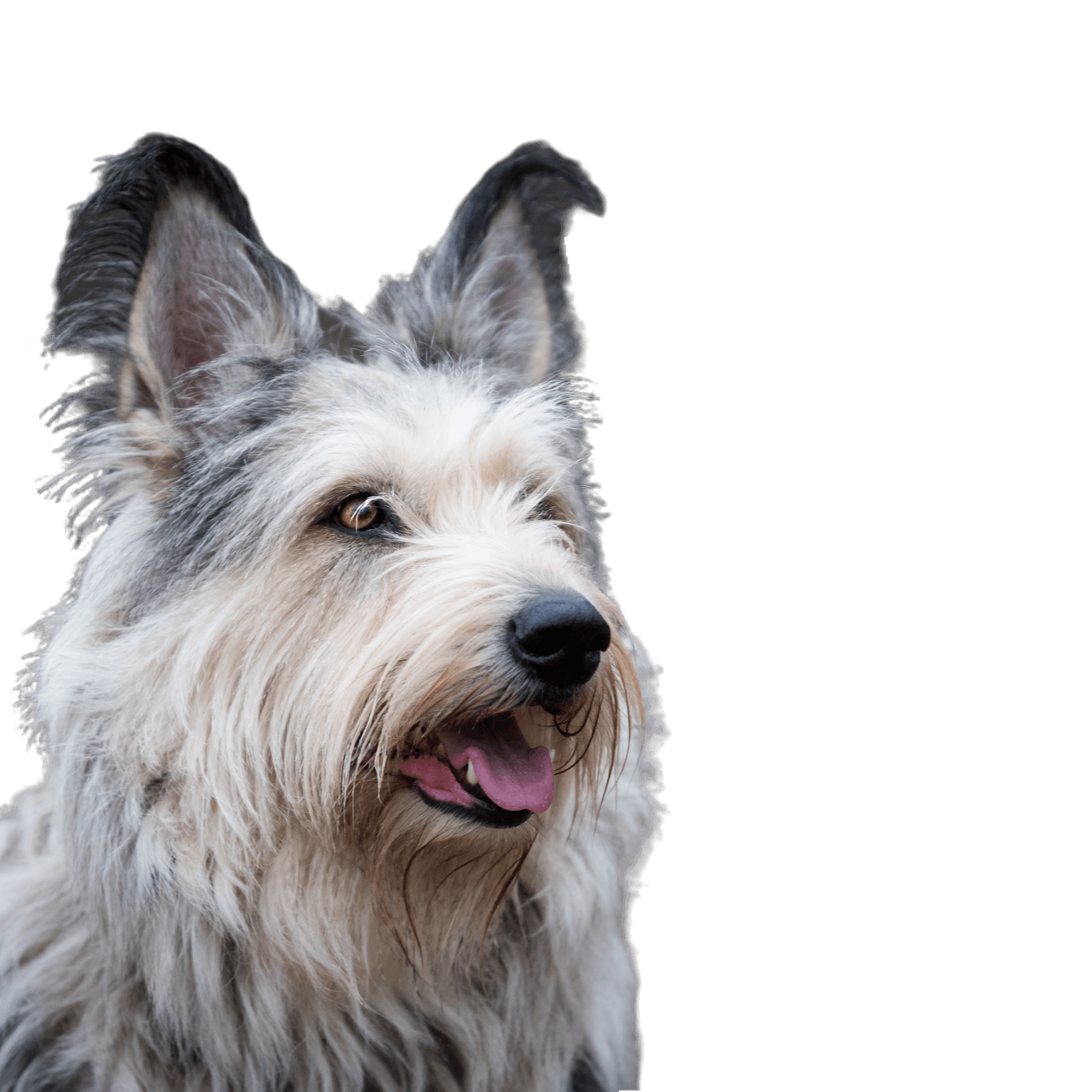
Look of the Berger de Picardie
The Berger de Picardie embodies a rustic, yet elegant look:
- Coat Colors: The most common colors are fawn and brindle.
- Eyes: Often of a striking amber hue, giving a penetrating and intelligent look.
- Build: The Berger de Picardie has a robust, yet slender build that accentuates his agility and quickness.
Size and Weight
- Male:
- Size: between 60-65 cm
- Weight: 25-32 kg
- Females:
- Size: Between 55-60 cm
- Weight: 23-29 kg
Conclusion
The Berger de Picardie is not only visually stunning, but also requires special attention to coat care. Its appearance embodies its French roots and the centuries of breeding selection that have made it what it is today. It is recommended that regular grooming routines be established to ensure that this beautiful dog remains in top condition.
| Fur length | medium |
| Fur | rough-haired |
| Ear shape | Standing Ears |
| Tail | lang |
| Anatomy | rugged |
| Size ♀ | 55 - 60 cm |
| Weight ♀ | 23 - 32 kg |
| Size ♂ | 60 - 65 cm |
| Weight ♂ | 23 - 32 kg |
| Suitable For | - |
Known Diseases
Hip dysplasia (HD)
Hip dysplasia (HD) is a genetic condition in dogs where the hip joint is not shaped properly. This leads to pain, stiffness and restricted movement.
Elbow dysplasia (ED)
Elbow joint dysplasia is a chronic disease complex of the elbow joint of fast growing dog breeds.
Eye diseases
Often occur with allergies and intolerances.


